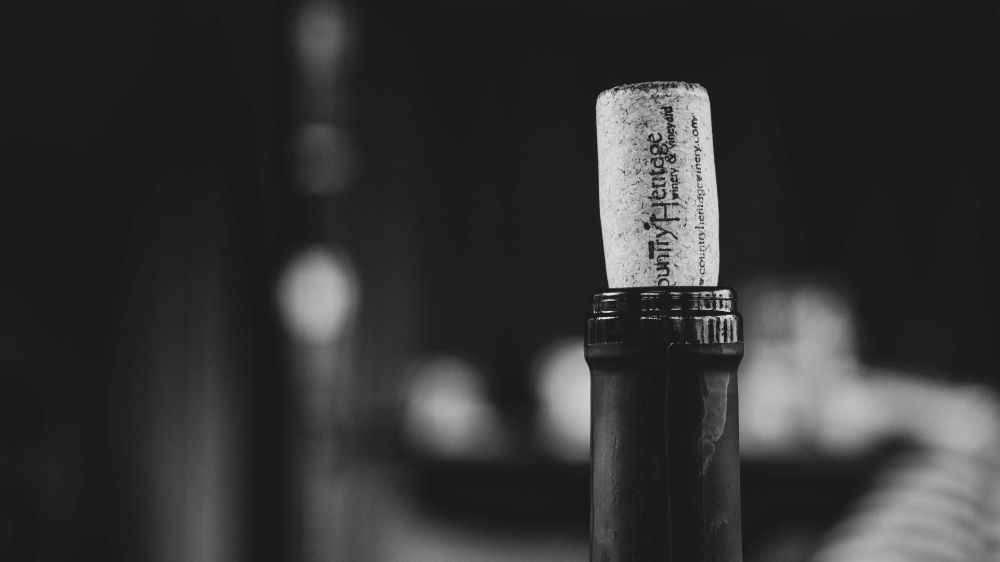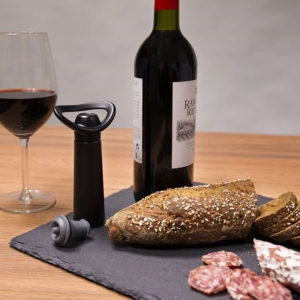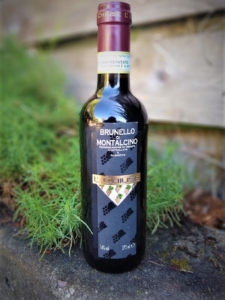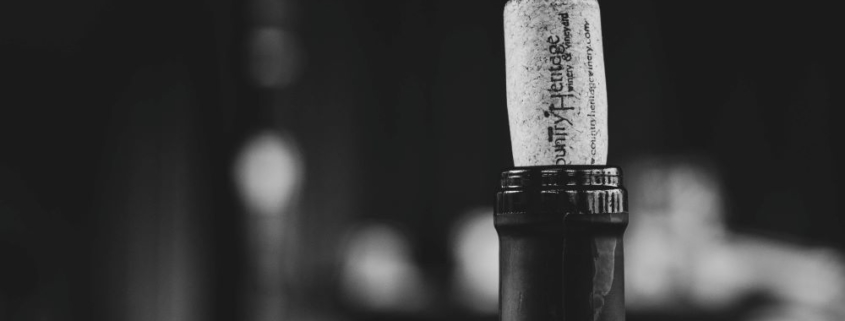We get this question a lot at Paul Marcus Wines: What is the best method for preserving an open but unfinished bottle of wine? As we like to say, “Pour some more!” Of course, that is not always an option. When you need to save the remaining wine from an open bottle, there are various methods and products available to help, but which way is best?

The Reason Wine Spoils
Before we can discuss our options for wine preservation, we need to understand what makes wine spoil in the first place. There are two major components to wine spoilage.
First, there is acetic acid bacteria and vinegar. For the most part, when you open a bottle of wine, there will be trace amounts of acetic acid bacteria already present. Due to the low oxygen and stable environment, growth is inhibited. After a bottle of wine has been opened, however, oxygen will initiate chemical reactions among the acetic acid bacteria, ethanol, and sugar molecules available. This, in turn, produces vinegar. Vinegar is the product of alcoholic fermentation by yeast (ethanol) followed with acetous fermentation by acetic acid bacteria and any available sugar in the wine (glucose).
Second, there is oxygen and acetaldehyde. When wine comes into contact with oxygen, a chemical compound called acetaldehyde is produced. On the positive side, acetaldehyde leads to a concentration of color and helps bring out nuanced aromas and flavors–perhaps a hint of nuttiness, maybe notes of baked apples, sometimes a grassy factor. (This is why decanting helps accentuate a wine’s profile.) Too much oxygen, however, and the wine will no longer bear its fresh fruit or offer a strong nose; rather, it becomes flat-tasting, with little or no bouquet and a dull, copperish tone.
How Long Does It Take for Wine to Spoil?
The speed at which a wine spoils can vary tremendously, from a single day to more than a month. Depending on what type of wine you’re drinking and how it’s stored, there isn’t a single answer. Below we have listed the most typical ranges for wines using basic storage practices: cork in the bottle and bottle in the fridge.
Sparkling Wine – 1-3 Days
Sparkling wines can be expected to last the shortest period, simply because of the carbonation you need to retain to give them their sparkle. The longer sparkling wine is stored, the less brightness and effervescence will show on the next pour.
White Wine and Rose (Light) – 3-7 Days
Due to typically higher acidity and, often, employment of stabilizing chemicals, lighter whites can last a fair amount of time in a fridge. You can expect the wines to gain oxidized properties and lose their intensity over time.
White Wine (Full) – 3-5 Days
Now it may seem a little backward that a full-bodied white may not last as long as a lighter white, but this is because they will oxidize at a much quicker rate due to the nature in which they were produced.
Red Wine – 3-7 Days
Due to the phenols in red wine, you can expect a slightly longer storage time without degradation in quality. Red wines, over the course of a week, will begin to taste more like vinegar and lose their bright fruits. On the other hand, some wines require more time to breathe (more oxygen) in order to truly shine, often tasting better the next day. It’s certainly fine to store red wine in the refrigerator–just let it return to room temperature (if you want) before drinking.
Fortified Wine – 1-8 Weeks
Unlike other wines, fortified wines like port and sherry have a hefty amount of alcohol and are, for the most part, intensely oxidized, meaning they can be stored for a lot longer without noticeable loss in quality. Of course, this all depends on the type of fortified wine and your storage methods. A lighter, drier fino or manzanilla sherry, for example, will certainly lose some of its zip after a few days, while a richer oloroso sherry can survive for several weeks after opening.
As it happens, some wines can last for months on end. This is where we welcome Madeira and Marsala. These two fortified wines are heavily oxidized during production, and the grape must has been cooked, resulting in wines with intense flavor profiles and aromas associated with oxidation. While there are other fortified wines that can last more than a few weeks, these two will generally last the longest.

Image from Vacuvin
How Do You Extend the Life of an Open Bottle?
To preserve wine you need to create a controlled, oxygen-free environment. Once a bottle of wine is open, there’s a smorgasbord of chemical reactions taking place ready to do damage, and there is no turning back. The only option is to slow these processes down. Below are a few tools and techniques for increasing the storage life of an open bottle.
Refrigerator
The easiest step to take is simply placing your wine in the refrigerator after opening. By lowering the temperature of the wine, you will slow down the chemical reactions taking place. This goes for white, red, and even fortified wine. Red wines should be taken out roughly an hour before their next serving if you’re trying to reach room temperature.
Vacuum Wine Stopper
While vacuum wine stoppers have become the new trend in preserving wines, we tend not to recommend them. While they supposedly remove oxygen from the bottle, this creates a double-edged sword. The vacuum will create a negative pressure, pulling diluted gases out of the wine as well as its container. Some people therefore believe the vacuum effect inside the bottle also reduces aromatics in the wine and thus might harm the wine more than protect it.
Private Preserve
This is a simple and mostly effective method in which you spray in a mixture of three atmospheric gases: carbon dioxide, nitrogen, and argon. By replacing the oxygen inside the bottle with these inert gases, which do not cause the same detrimental effects, you are creating a low-oxygen environment that will reduce bacterial growth and retard the fermentation process. This spray can also be used for preserving other perishables such as fruits and vegetables, so it’s useful to have on hand.

Half Bottle
The best method for preserving open wine, we believe, is using a smaller bottle to store it. If you can’t finish a bottle of wine, have a clean 375ml bottle on hand. You can pour the remaining contents into this bottle and place it into the fridge for extended storage times. While the wine has already come into contact with oxygen, the remaining headspace in the bottle is greatly reduced, slowing the negative processes and extending the life of your product.
Please visit us at Paul Marcus Wines if you have further questions. We’ll be glad to help!
Further Reading:


Leave a Reply
Want to join the discussion?Feel free to contribute!